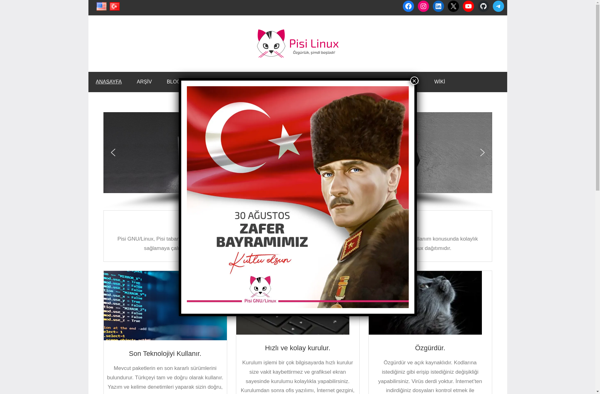Peppermint OS
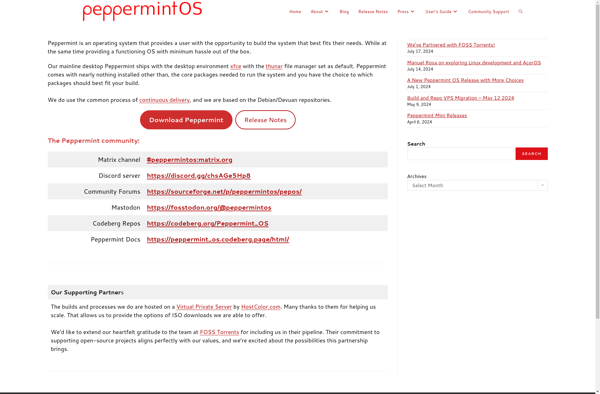
Peppermint OS: Lightweight Linux Distribution
Peppermint OS is a lightweight Linux distribution based on Lubuntu that integrates cloud and web applications into the desktop. It comes with Firefox, Chromium, and other basic apps preinstalled.
What is Peppermint OS?
Peppermint OS is a lightweight Linux distribution based on Lubuntu that integrates cloud and web applications into the desktop. It uses a hybrid concept that allows web and cloud applications to integrate with native desktop apps. The goal is to make transitioning between locally installed software and internet-based applications very simple.
Peppermint OS comes with Firefox, Chromium, and other basic applications preinstalled so it's ready to use out of the box. The desktop environment uses Openbox along with elements of LXDE to be fast and lightweight. System requirements are relatively modest so it can work well on older hardware.
Key features include the ability to pin websites to the desktop or panel to launch like a regular app. It also utilizes cloud storage instead of local disks for file management. Peppermint aims to balance the efficiency and speed of a cloud-focused system with the familiarity of a traditional Linux desktop.
The distribution is based on Ubuntu LTS releases, using the Lubuntu software repositories, so the underlying system is very stable. Peppermint OS incorporates its own tools and modifications on top of this base to provide the hybrid cloud/web/desktop user experience.
Peppermint OS Features
Features
- Lightweight desktop environment (LXDE)
- Cloud & web app integration
- Based on Ubuntu LTS releases
- Supports both 32-bit & 64-bit systems
- Utilizes Mozilla Prism for web app integration
- Desktop panel for quick access to apps & websites
- Peppermint Control Center for system settings
- Seamless window tiling
- Cloud storage integration
Pricing
- Free
- Open Source
Pros
Cons
Official Links
Reviews & Ratings
Login to ReviewThe Best Peppermint OS Alternatives
Top Os & Utilities and Linux Distributions and other similar apps like Peppermint OS
Here are some alternatives to Peppermint OS:
Suggest an alternative ❐Windows 10
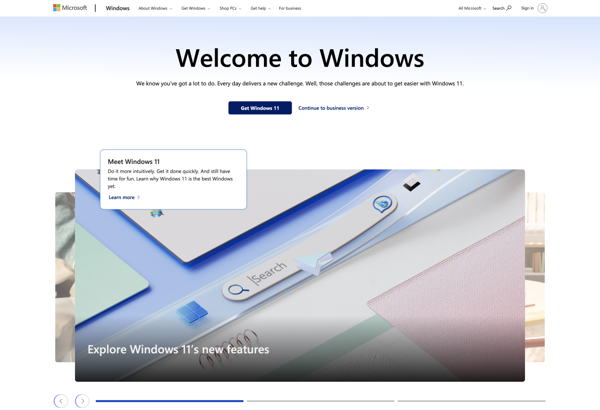
Ubuntu
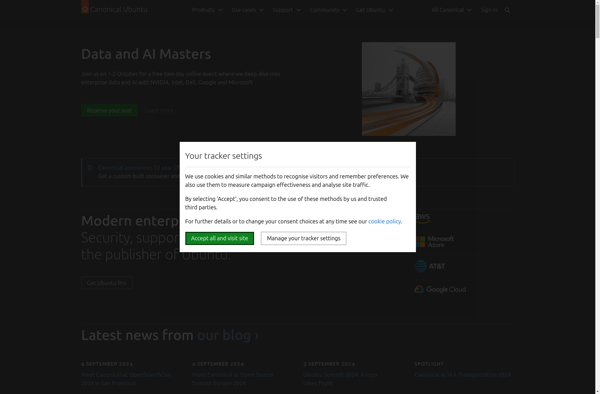
MacOS
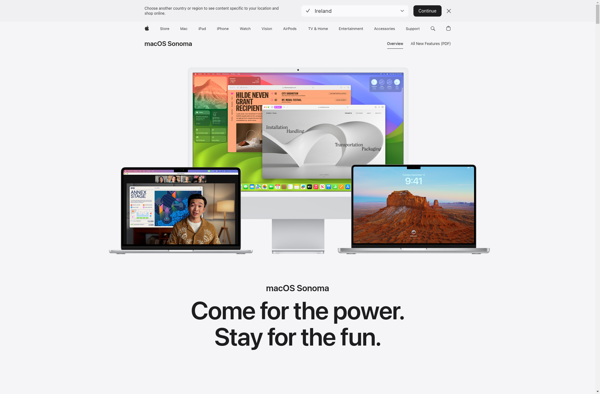
Linux Mint
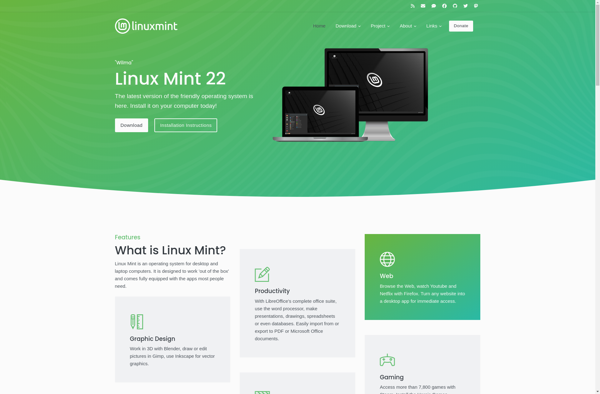
Zorin OS
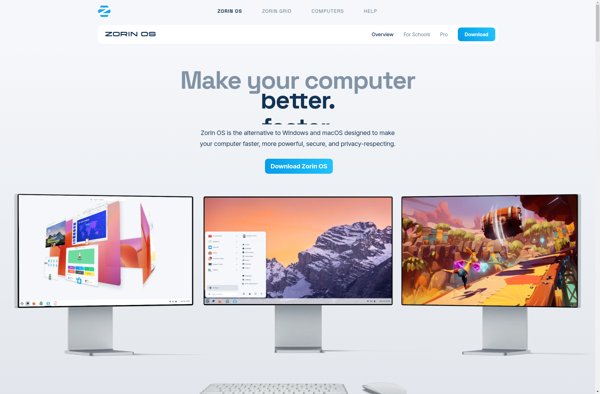
Windows 7
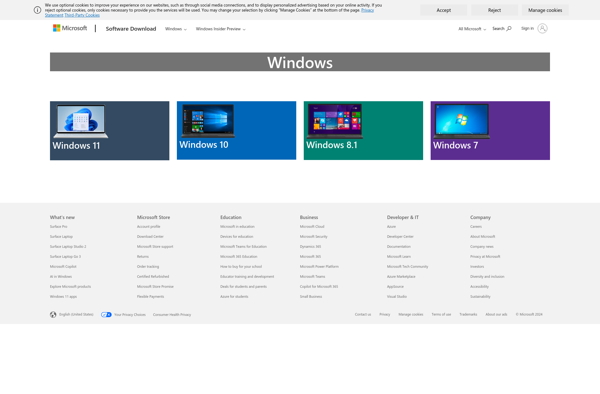
Elementary OS
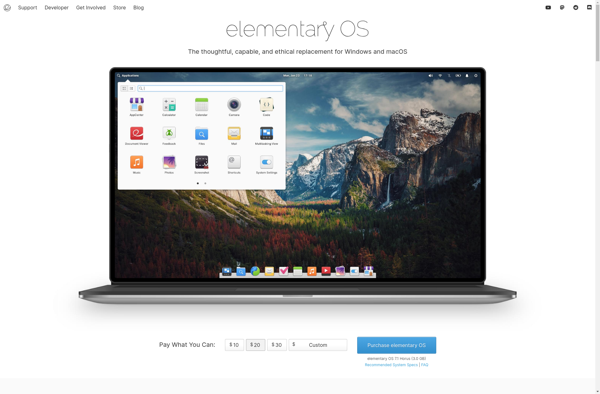
Debian
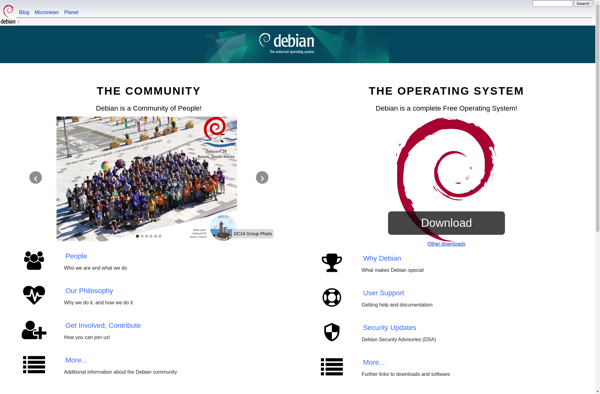
Fedora
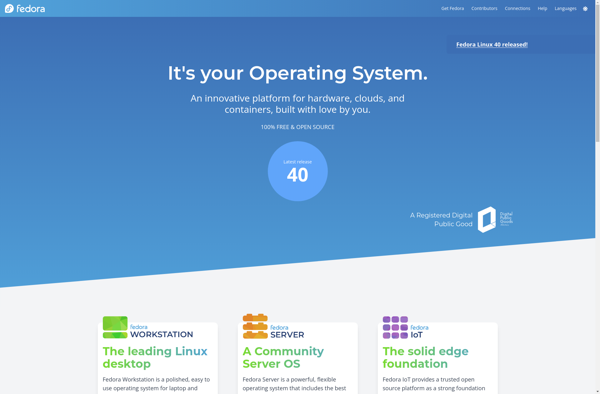
Manjaro Linux

Alpine Linux
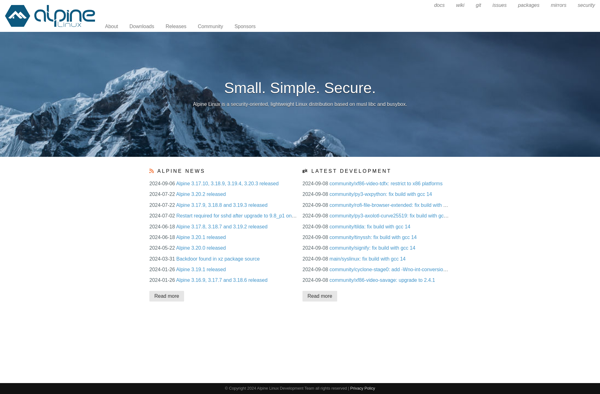
Pop!_OS
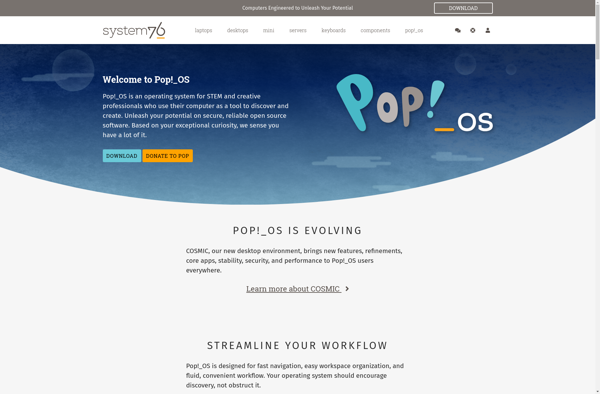
Pisi Linux
